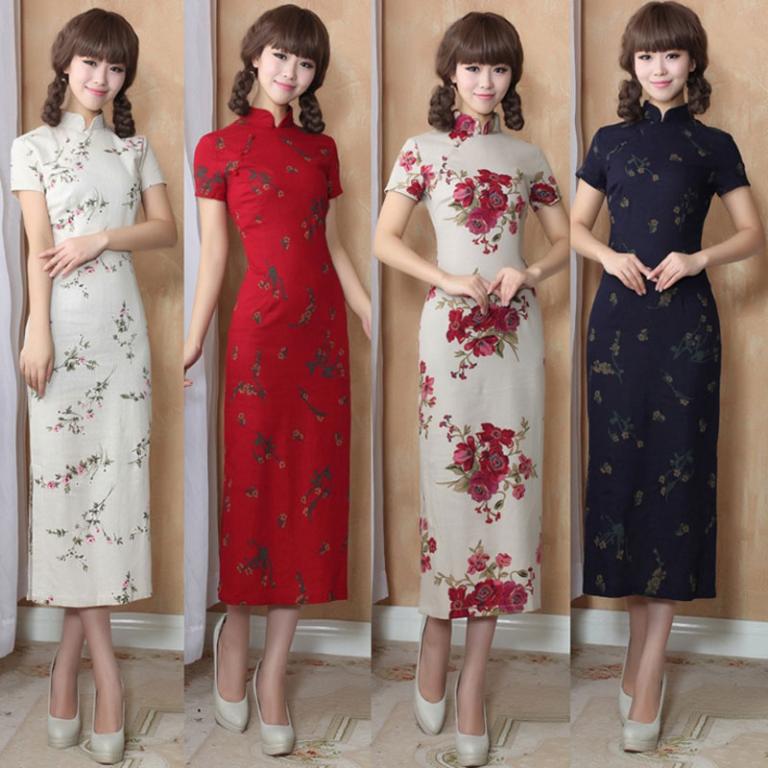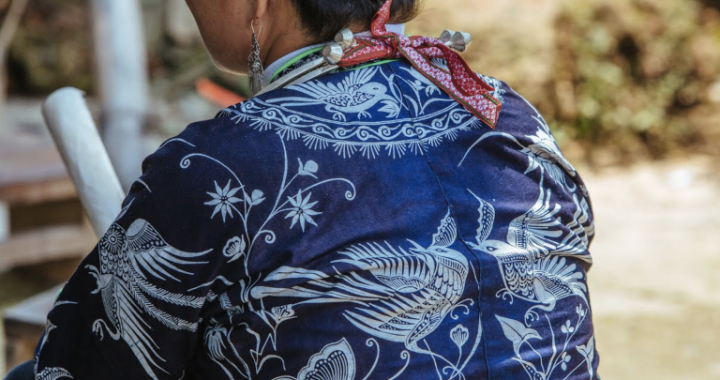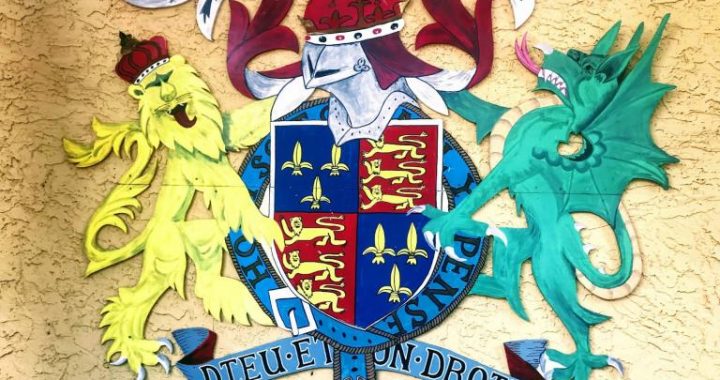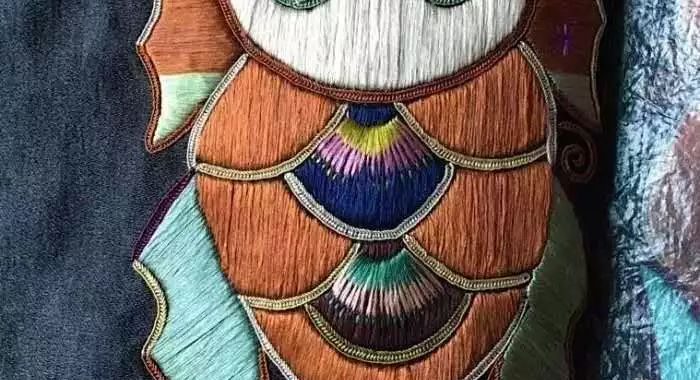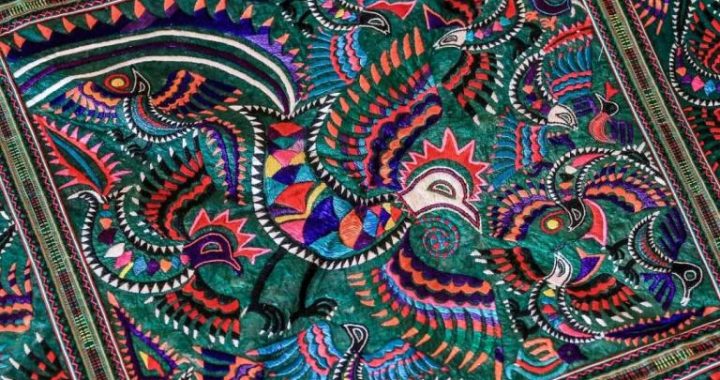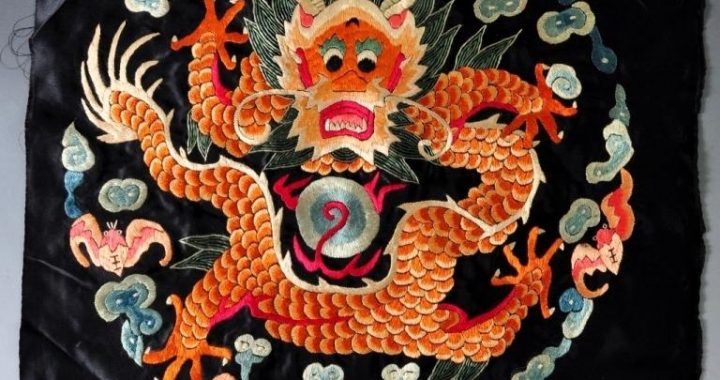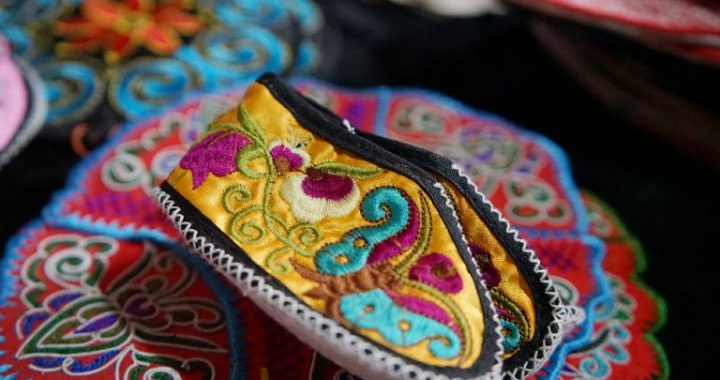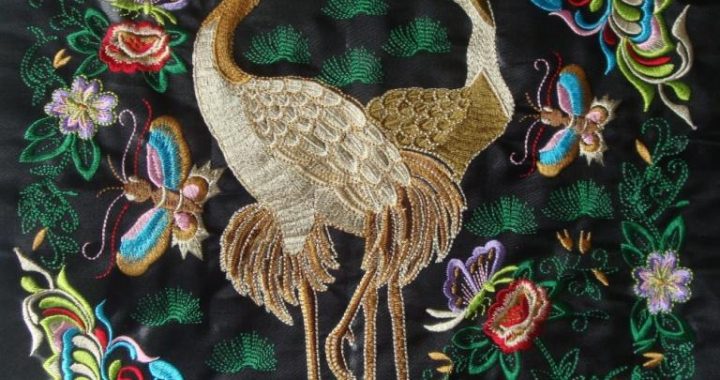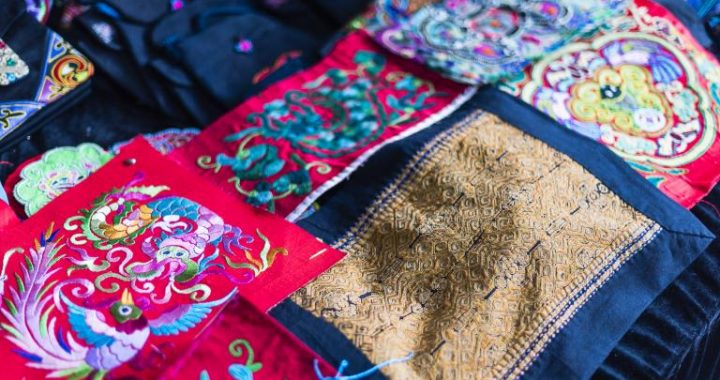Different clothes of different areas in China
10 min readIn ancient times,ape men lived naked in caves.Later they invented bone needles and began to sew simple winter clothing using leaves and animal fur.With the development of society,people engaged in agriculture and began spinning and weaving.Our ancestors were also engaged in embroidery and made clothing using silk cocoons.As the living standard further increased,the requirements for clothing and adornment became more demanding.In the feudal society,clothing not only satisfied people’s needs but also represented one’s social status.There were a dozen dynasties in China’s history,and each dynasty had special clothing of its own.
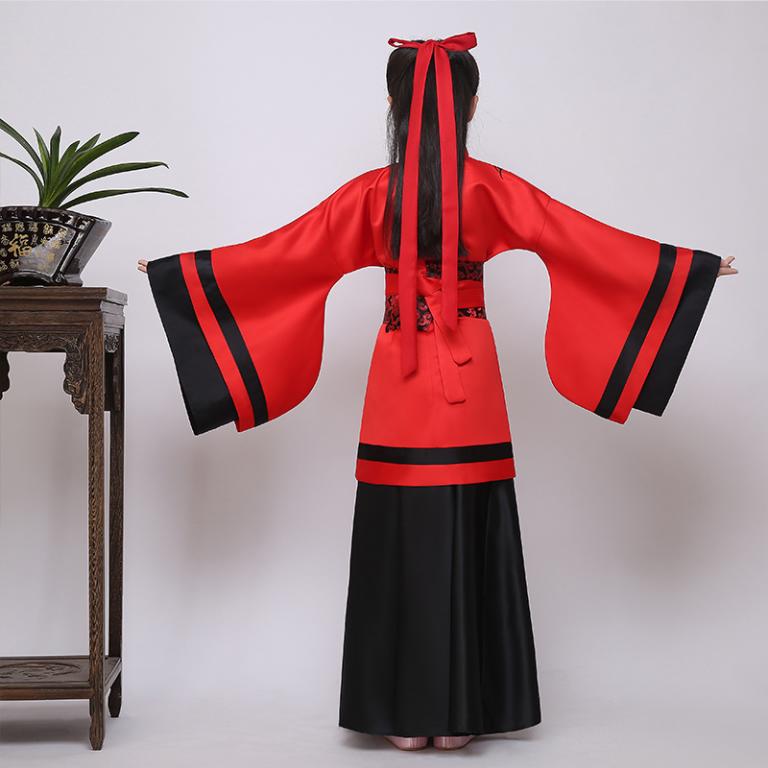
Clothing of the Shang and Zhou Dynasties
The unearthed Shang figures reveal clothing articles of different functions,such as dresses,skirts,crowns,footwear,hats and stockings. People usually wore Yi as the top,and Shang,which means dress,as the bottom.The cloth featured cross collar,narrow sleeves.
A wide cloth was wrapped around the waist as belt.In the front middle of the cloth belt,there was a strip of cloth called Bi Xi to cover the knees.Adornments appeared to achieve aesthetic effects.During the Spring and Autumn and Warring States Periods,a famous type of cloth,called Shen Yi,was developed.This was a long dress with the upper and lower parts sewn together.This kind of cloth became prevalent at the time,and it was suitable for both men and women from all walks of life.Shen Yi was commonly made of linen.Sometimes colorful decorative bands or embroidery patterns were added to the brim.A belt buckle,which was made of stone,bone,wood,gold,jade,copper,or iron,was normally attached to the belt for fastening.
Clothing of the Qin and Han Dynasties
The Qin Dynasty was the first unified feudal society in Chinese history.As soon as the country was established,the first Qin emperor began strengthening the government and declared a set of rules and regulations,including clothing.However,as he was in power for too short a period,the dress code was just primarily established with only the colors of costume being unified.Black,which was associated with water,became the superior and most popular color of the time.
Shen Yi evolved into two categories by the Han Dynasty according to its front part:the curving-front robe with the clothes wrapped on a diagonal form from the collar to under the armpit,and the straight-front robe with a straight opening straight down from the collar to the lower part.When straight-front robe first appeared,it was not allowed in formaloccasions.One possible reason is that people then wore trousers without crotches,and it would have been very impolite if the outer robe was not well wrapped to cover the legs.
Generally speaking,clothing and adornments of the Wei and Jin Period and Southern and Northern Dynasties inherited the basic styles of those in the Han Dynasty;meanwhile they adopted some minority elements and developed their own special features.
Clothing of the Tang Dynasty
The Tang Dynasty was the most thriving period of China’s civilization.Material abundance and a relatively relaxed atmosphere led to the fast development of every field,and clothing was no exception.8 The most outstanding clothes during the period were women’s dresses.Women inherited the traditional Ru Qun and further developed it.
The collars were opened as far as exposing the cleavage.This was dramatically different from the previous dynasties and the following dynasties,in which women were required to cover their entire bodies according to Confucian thoughts.The Tang aesthetic was that of suppleness and opulence.Consequently,women then pleated their dresses in accordion form and raised the waist up to under the armpit to show a full and round figure.
The trades and cultural exchanges with other countries gradually became frequent and thus had an impact on the clothes of the Tang Dynasty.Under the influence of foreign cultures,it was also popular for women to wear Hu Fu,a type of clothing from the Silk Road.Typical men’s clothes were round collar jackets and robes.
According to the record,women in the Tang Dynasty also dressed like men to look unrestrained,casting aside Confucian teachings that men and women should never cross-dress.This,to some extent,revealed the open atmosphere of the Tang.
Nowadays the so-called“Tang Costume”doesn’t refer to the clothing of the Tang Dynasty.The modern”Tang Costume”derives from the clothing of the Qing Dynasty,which was considered by Westerners to be”Tang Costume.”As a matter of fact,it is a general term for addressing all traditional Chinese clothing.The term is used only because people take great pride in the prosperous Tang Dynasty,the same reason people call the oversea Chinese dwelling place“Chinatown”. The APEC conference held in Shanghai in 2001 created Chinese dress fashion.More people chose to wear Chinese dresseson various occasions,signifying the improving influence of China on international affairs and the constantly increasing confidence and cohesion of the Chinese nation. There is another term that should be explained,that is“Han Costume,”which means the clothing of the Han people from the Shang Dynasty to the Ming Dynasty.
Being influenced by foreign cultures,the clothes of Tang also greatly influenced the clothing in neighboring countries.For instance,the Japanese kimono and traditional Korean clothes hanbok adopted the essence of the Tang Dynasty costume.
Clothing of the Song and Yuan Dynasties
Inheriting the styles of the Tang Dynasty,clothing of Tang Dynasty the Song Dynasty was simpler and more natural.Men wore long robes,while women wore shortjackets and long dresses.Unlike women in the Tang Dynasty,women of the Song Dynasty were preserved in terms of dressing,and considered slimness as beautiful.
There was a type of clothing called Bei Zi became popular during this time.It was a front closure coat that was not fastened in front,revealing the inner coat.The length of Bei Zi differed,ranging from above the knee to ankle length.The sleeves were either broad or narrow.Collar edges and sleeve edges were decorated with laces or embroidered patterns.This type of clothing was popular among both men and women from Picture 15-7 Bei Zi of the all social classes.
As the Mongols established the Yuan Dynasty,clothing became a mixture of the Han system and the Mongol system.Men wore a type of clothing called Zhisun Fu. It was a tight,short robe with many pleats in the waist for the convenienceof riding horses.Women still wore short jackets and dresses,while noblewomen wore long and loose dresses with wide sleeves and narrow cuffs.The long dress dragged on the ground and caused trouble for walking.So there were always maids who followed them to take care of the dress.
Clothing of the Ming Dynasty
There were many new changes in the attire of the Ming Dynasty.Government officials and scholars usually wore scholar caps or casual square caps and long robes.Women’s clothes absorbed the essence of previous dynasties and became even more gentle and elegant.A most typical item of women’s clothing in the Ming Dynasty was Bi Jia,a long sleeveless jacket.
The length of the jacket ranged from below the knee to even longer.This kind of clothing was popular among young ladies in the Ming Dynasty and became even more well-received in the later Qing Dynasty.The modern vest was based on Bi Jia.Women of the Ming still wore Ru Qun,but with a short waist coat,which added a layer to the long dress.The color of the dresses was inclined to be white with some other light colors.
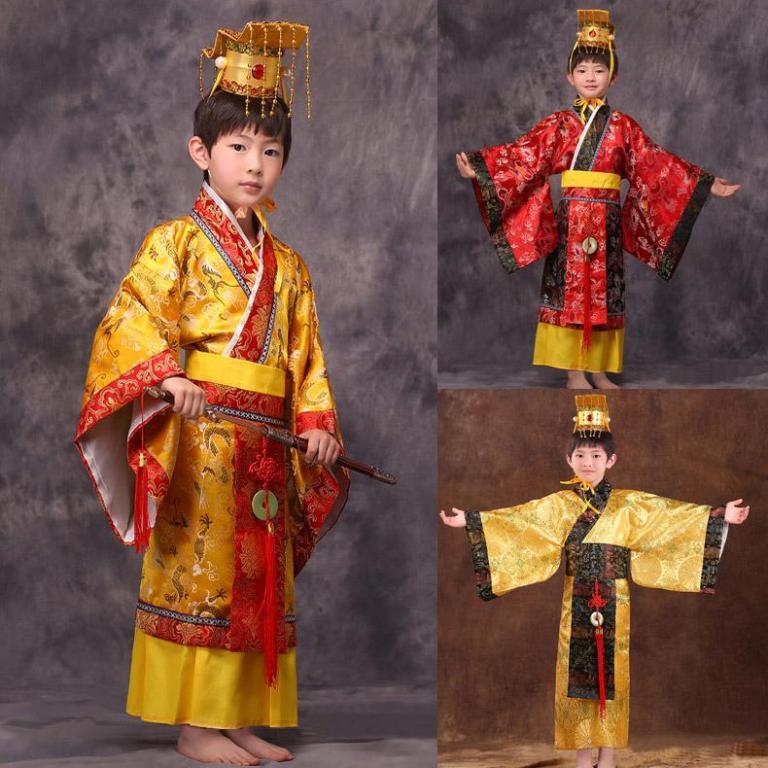
Clothing of the Qing Dynasty
The clothing of the Qing Dynasty fell into two categories:Manchu dress and Han clothes.
The rulers of the Manchu ethnic minority first forced the spread of Manchu dress but received hard resistance.Later a compromise was reached and men dressed according to the Manchu dressing code,while women could maintain the Han clothes.The Manchu dress had certain impacts on modern clothing.
In the Qing Dynasty men usually wore long gowns,calledChang Pao,and jackets,called Ma Gua. The jacket was of waist length with loose sleeves of elbow length,and it got its name because it was convenient for horse riding.Men wore hats that looked like half of a watermelon,with black outsides and red insides.
Manchu women wore Qi Pao,while Han women maintained their Han costume.The Manchus were called“banner Picture people,”QiRen in Chinese;consequently,their dress was called Qi Pao.Qi Pao,usually decorated with embroidery,had a round-neck style with buttons to the right side,either with or without sleeves.Manchu women usually wore a sleeveless jacket of waist length outside Qi Pao and trousers inside.In the late Qing Dynasty,Han women began to wear Manchu Qi Pao.
Clothing of the Republic of China
After the 1911 Revolution,the clothing in China changed dramatically.During the period of the Republic of China(中华民国),the government specified a new dress code.Men from middle and upper classes wore Western style clothes,Sun Yat-sen’s Suit(中山装)and long robes and jackets.Sun Yat-sen’s Suit featured the design of collars and pockets.The clothes had fourpockets and an upright or turned-down collar,closing down the middle with five buttons.The uniform adopted the Western style but with Chinese tastes,fully demonstrating the spirit of the new republic.It was distinct for men to wear a combination of both Chinese and Western styles.
For example,it was popular to wear long robes and jackets with Western trousers,hats,scarves and leather shoes in the early period of the Republic of China.Men from lower classes wore long robes.
Women from middle and upper classes wore cheongsams and Western-style skirts.
Common women wore traditional jackets and trousers.Cheongsam,also called Qi Pao in Chinese,was not the same as the dresses worn by the Manchu women.Originating from the Manchu women’s dress,it incorporated techniques of the Han women’s dress and incorporated the 20th century Western dresses.The Cheongsam is easy and comfortable to wear and suitable for both formal and informal occasions.Its neck is high,its collar closed.The sleeves may be short,medium or full length,depending on personal requirements.It is buttoned on the right side,with an appropriate chest,a fitting waist,and slits on both sides.All the features fully reveal the figure of the woman,and thus Cheongsam enjoys domestic and international popularity.
Clothing of the People’s Republic of China
Mao Zedong wore a modified Sun Yat-sen’s Suit at the grand ceremony that marked the founding of the People’s Republic of China,and then the suit was well received by the majority.
It was known to the West as the Mao Suit.
In the 1950s the Mao Suit and Worker’s Suit were the two major types of clothes worn by urban men.The women Worker’s Suit was a coat with loose-fitting trousers.In addition,the Lenin Suit,which was a set of jacket and trousers,became fashionable under the influence of the Soviet Union.Actually,the Lenin Suit did not originate from Soviet Union women’s suit,and Soviet women usually wore skirts.The Lenin Suit symbolized the national renascence and was favored among women,especially female working staff.The most common colors for both men and women’s clothes then were blue and grey.
As the Cultural Revolution(1966-1976)began,Service Dress was favored by both men and women.The Service Dress worn by the civilians was not the true Service Dress but a reproduction without the cap,collar and shoulder badges.The Service Dress dominated for about a decade and gradually faded out in the 1980s.
In 1978,China started the open and reform policy.Since then Chinese clothes have become extremely diverse as fashion-consciousness awaked.Bell-bottomed Trousers with low-waistlines,short crotches,and thin and tight cuts in the hip and thigh parts,became popular among young people.This kind of trousers originated in America.It was a decadent clothing style widely worn by the Hippies from the end of the 1960s to the end of the 1970s.Jeans also entered China in the late 1970s.Bellbottomed Trousers and jeans were first refused by the mainstream.A Shanghai-based college even demanded that a qualified student should stop wearing jeans,saying otherwise he would not be enrolled.Bell-bottomed Trousers died out as people’s fashion-consciousness grew.However,a growing number of people started to wear jeans.Nowadays,jeans have become a major type of trousers for both men and women of all classes and ages.In the 1980s,Bat Clothes were also popular.This type of clothing looks like bat wings when stretching the two sleeves.Until the mid-1980s,more and more clothing styles came into being.As for upper-body outer wears,there were jackets,shirts,pullovers,fur coats,and more.Western suits and ties were worn by white-collar workers on formal occasions.Lower-body clothes included various trousers and skirts.There were Pailform Trousers,Elastic Trousers,Knickerbockers,Skirt Trousers,and so on.Women’s skirts varied from Pleated Skirt,and A-line Skirt to Flare Skirt,even Miniskirt.
In the 1990s,men and women started wearing casual clothes.A new dress code emerged,“wearing underwear outside”.Sweaters formerly worn inside a jacket were worn outside.In the past,the inside sweater or T-shirts should be shorter than the outside jacket,and vice versa would be considered as floppy.In the 1990s,long sweaters and short jackets became the fashion.In addition,clothes with hand-covering long sleeves,waist-exposing clothes and even navel-exposing appeared.It was from the 1990s that international brand clothing entered the Chinese market,and meanwhile the domestic clothing industry also prospered.People began to purchase clothes in exclusive shops and fancy department stores.
At the turn of the century,fashion in China kept close pace with the world fashion,and traditional clothes became trendy.Chinese people began to appreciate clothes and enjoy the beauty of fashionable outfits.Clothes have become a mirror which reflects people’s lifestyle.
